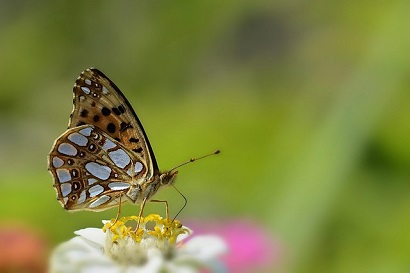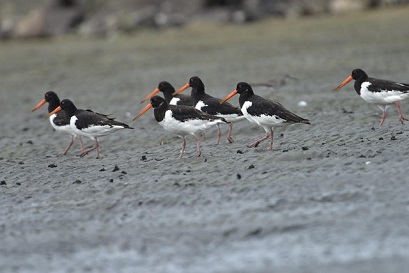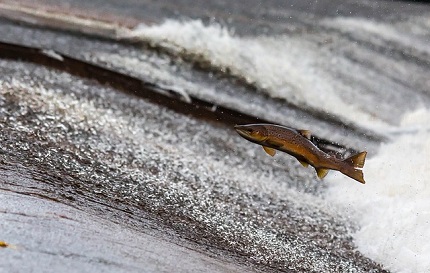News
Stories making wavesInvesting in the future
BANKING ON NATURE PAYS OFF FOR WILDLIFE


The results of a multi-million pound investment in nature in the UK were revealed for the first time today (Wednesday 13th August 2025), alongside the launch of a new guide for supporting the recovery of more than 1,000 species threatened with extinction.
The £13 million Species Recovery Programme's Capital Grants Scheme which ran from August 2023 to March 2025, saw Natural England invest in targeted conservation efforts that gave species from Water Voles to Wood White butterflies, Oystercatchers to the Lady's Slipper Orchid, Hazel Dormouse to Atlantic Salmon, a chance to flourish.
From the Lizard Peninsula in Cornwall to Cumbria and Northumberland, 63 different projects involving 78 partners, transformed landscapes and supported the recovery of 150 species, many of which were on the brink of national extinction, through a mixture of research, captive breeding, habitat creation, and conservation translocations.
Some examples of the successes of the scheme include the first wild-hatched, Red-billed Chough chick in Kent for over 200 years, the successful reintroduction of Black Grouse to the North Yorkshire Moors, and the return of the Large Marsh Grasshopper to the Norfolk Broads after an 85-year absence. Other completed projects include building tunnels under a road in Berkshire so adders can cross safely, and 143 'leaky dams' constructed of natural materials which let water through, to help Atlantic salmon and white-clawed crayfish while reducing flood risk.
Beyond direct species benefits, the scheme has also helped bring thousands of people closer to nature. Over 80,000 members of the public participated in 465 educational events and activities, and volunteers contributed nearly 100,000 hours of conservation work worth over £1 million. The scheme has also offered a boost for the economy by supporting the equivalent of 60 full time jobs in conservation.
To further support nature conservation, a Threatened Species Recovery Actions Guide is also being published today to support the recovery of over a thousand of England's most threatened species. It reflects the expertise of 40 partner organisations and will help to pave the way to delivering the legally-binding target to reduce the risk of species' extinction by 2042. From the Small Pearl-bordered Fritillary, Corncrake and Natterjack Toad to smaller organisms like miniscule lichens, the guide sets out for the first time what action conservationists need to take to recover wildlife at an individual species level.
Natural England, which advises the government on the natural environment, said many of the species that were helped were close to national extinction. Tony Juniper, Chair of Natural England said:
"A rising number of Nature recovery projects, both large and small, are making a huge difference up and down the country. The success of this programme is an example of how much we can do when we take a joined up, collaborative approach to restoring the natural world. But time is running out fast ..."
The Government is due to publish an amended environmental improvement plan in the autumn with green targets which will be legally binding. Mr Juniper said the plan needs to see "increased ambition on species recovery" and more would need to be done."In the coming years, habitat management and creation alongside species reintroductions could be a real game changer for the health of ecosystems" he said.
The Threatened Species Recovery Actions guide can be found HERE.
